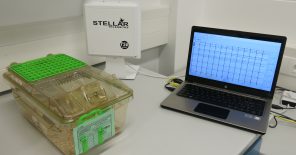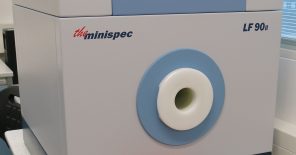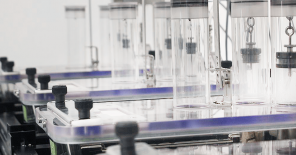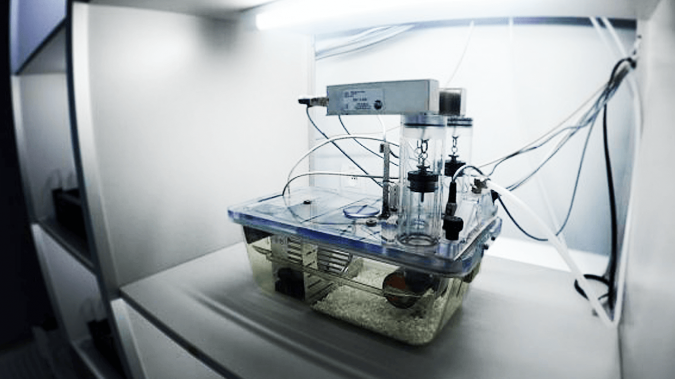
Metabolism
- Laboratory technician:
Intraperitoneal glucose tolerance test and insulin tolerance test are two tests focused on screening for diabetic phenotype, moreover insulin blood levels is also available. Energy expenditure measurement using indirect calorimetry detect wider spectra of metabolic abnormalities besides diabetes, as well as differences in substrate utilization, monitor locomotor activity and determine water and feed intake behaviour. The pyruvate tolerance test is more specific, since it is aimed at the study of gluconeogenesis in the liver. In addition, we measure body composition noninvasively and without anaesthesia. All five test are currently running in CCP and additional metabolic challenges, as high-fat diet or cold challenge are available upon request.
These tests involve live animal experimentation and therefore a “protokol pokusu” (permit for animal experiment) is required.
Standard services Indirect Calorimetry
Indirect calorimetry is a noninvasive method where the levels of oxygen consumed and CO2 produced are analysed every 15 min. over a given period of time in a single home cage environment. Standard conditions are kept at 23⁰C and 55% humidity. The purpose of these measurements is to provide information about energy metabolism and to detect abnormalities on energy expenditure, carbohydrate oxidation and lipid metabolism in rodents. Since oxygen and CO2 are measured simultaneously, the respiratory exchange ratio (RER) and energy expenditure can be calculated. In addition, locomotor activity and intake behaviour, both water and feed, can be monitored every minute to detect abnormal behaviour and/or locomotor problems.
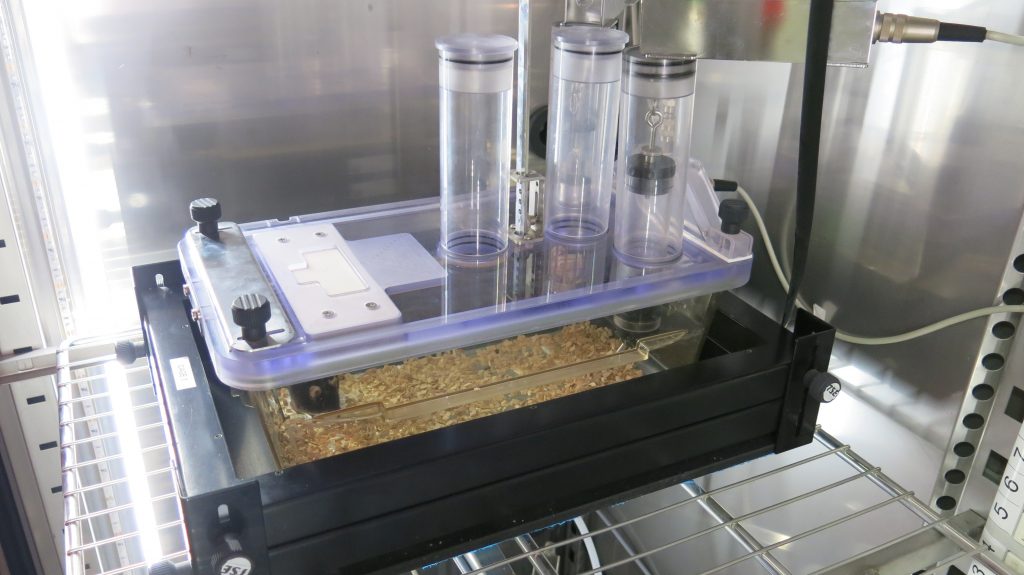
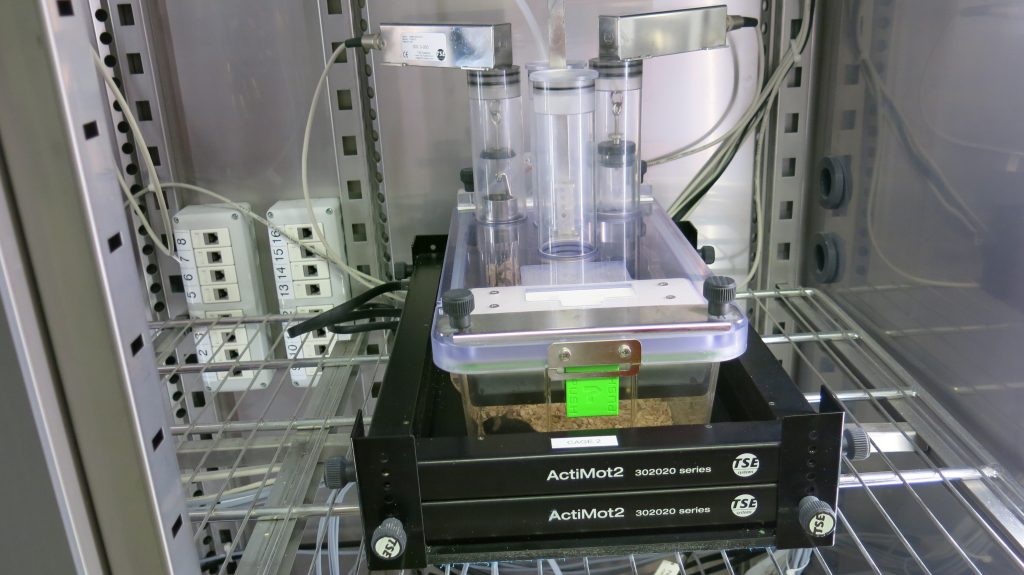
Standard services Intraperitoneal Glucose Tolerance Test (IPGTT)
This test is used for detection of abnormalities in glucose metabolism. In human medical practice this test is performed to diagnose diabetes and metabolic syndrome. The test is similar for mice and humans; it measures the clearance of a glucose load from the body at different time points. Mice are fasted for 16h, basal glucose level is measured prior to glucose intraperitoneal injection and glucose levels are measured during the following hours.
Standard services Insulin Tolerance Test (ITT)
The purpose of this test is to measure blood glucose levels during intraperitoneal administration of a known amount of insulin during 90 min. In this way, insulin signalling in the peripheral organs is tested. In this test, the rodents receive a slight fasting period of 4h, because we are interested in presence of circulating plasma glucose, otherwise it would be harmful to the animals.
Standard services Pyruvate Tolerance Test (PTT)
This test checks the rodent’s ability to synthesize glucose de novo in the liver. After 6h of fasting, pyruvate is administered intraperitoneally and plasma glucose levels are monitored for 90 minutes. Pyruvate is a metabolite necessary for gluconeogenesis.
Standard services Body Composition
Body composition of rodents is a determinant parameter in metabolism studies. We use a nuclear magnetic resonance (NMR) based instrument (Minispec LF90, Bruker) to determine the amount of body fat mass and lean mass, non-invasively and without the need for anaesthesia. It reduces animal stress and allow us to do more frequent measurements.
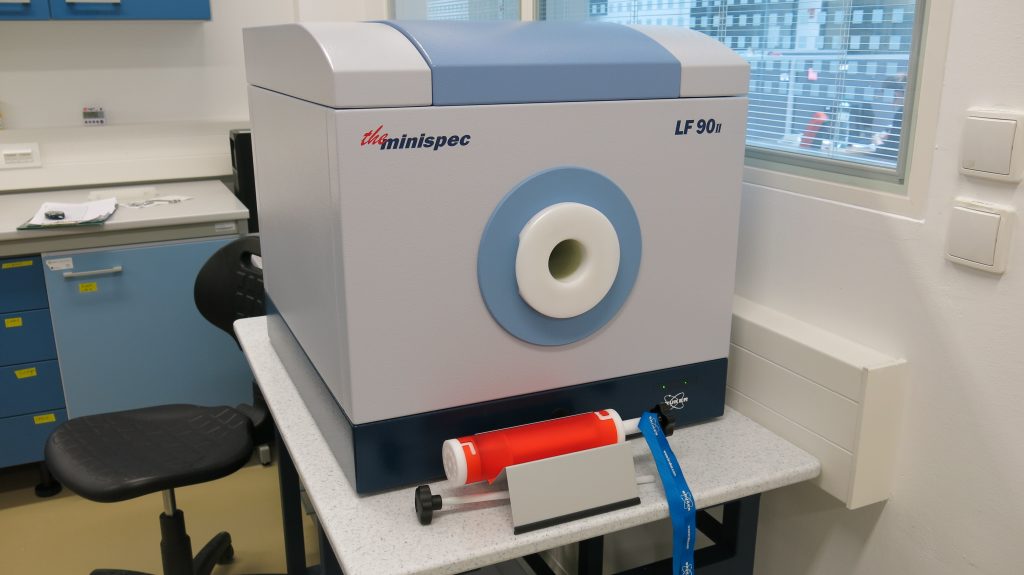
See our bioimaging section
Do you have questions? Ask us
Custom services Tailored Studies
Pair-feeding Studies
These studies involve an experimental setup where reduced food intake (caloric restriction) or the very same dosage of drug are explored. In drug pair feeding experiments, the amount of drug eaten by the treated group each day is determined and given to a vehicle-treated ‘pair-fed’ group of animals housed under identical conditions the following day. During the whole period food and water intake are in-line monitored together with energy expenditure monitoring. Customized setup includes choice of rodent mouse or rats, diet (control, high fat etc.), drug delivery and monitoring parameters.
High Fat Fed Rodent Model
These experiments are designed upon request of each client. The experimental design usually includes body weight monitored weekly, food and water intake, blood analysis for key metabolites, body composition and finally histological analysis.
Diabetes Induced in Rodent Model
Low or high doses of streptozotocin (STZ), a toxin that specifically destroys the insulin–producing β-cells of the pancreas, is used. Together with a high fat diet this model mimics disturbances in patient with type 2 diabetes.
Insulin Blood Level
Insulin is a peptide hormone which is an important regulator of glucose homeostasis. The level of insulin in mouse plasma is detected during terminal bleeding. Together with the intraperitoneal glucose tolerance test, an abnormal level of insulin is indicator of diabetic or metabolism related phenotype.
Indirect Calorimetry under Cold Challenge
This test is an indirect calorimetry test, in which the environmental conditions are modified, there is usually a short period of time in thermoneutral conditions (30⁰C) and another period of time in cold conditions (4⁰C). Its objective is to show some phenotypes related to metabolism and energy expenditure that are not visible in standard conditions, or in thermogenesis studies. In this test, all the parameters of indirect calorimetry, described above, are collected.
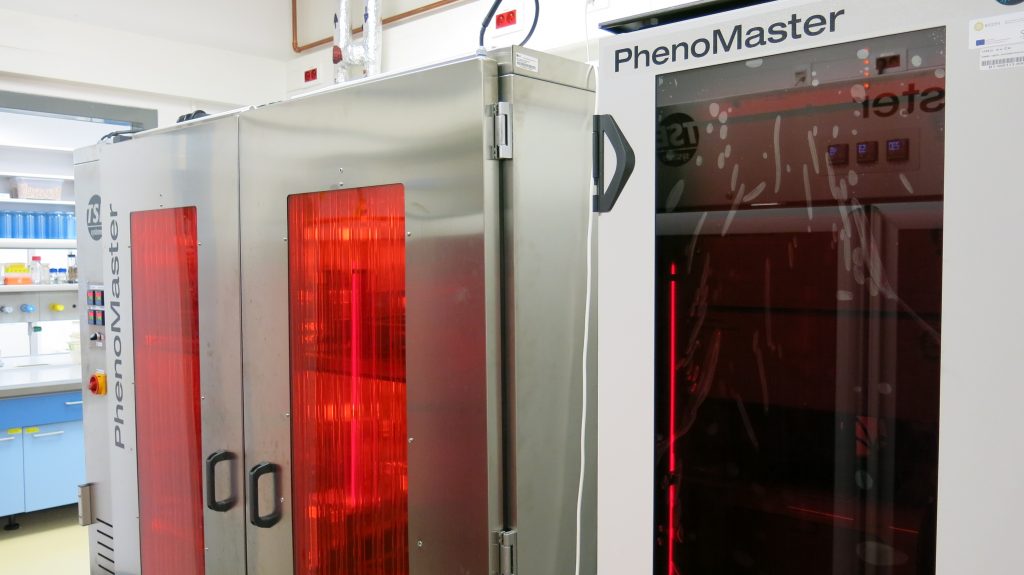
Telemetry (Stellar, TSE)
We have a telemetry antenna from the Stellar platform (TSE). We have qualified personnel to implant and some transmitters capable of measuring the temperature with two sensors, which can be placed in two different organs and we could monitor the temperature of a mouse every 2 minutes wirelessly. Thus providing high quality data, no stress for the animal, more real data free of manipulation and favoring the reduction of animals per group.
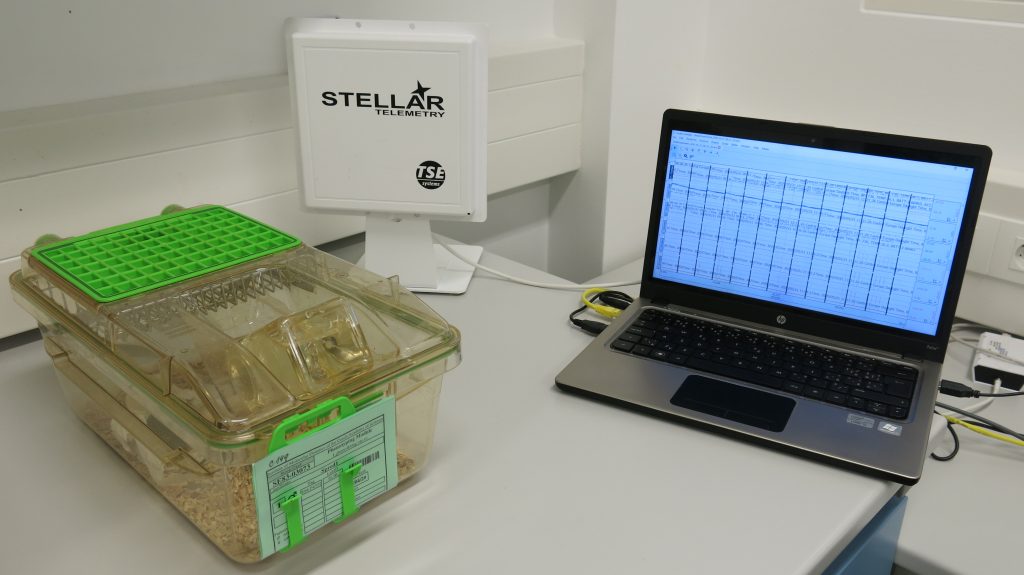
Do you have questions? Ask us
Metabolism unit was upgraded with the support from OP RDE projects CZ.02.1.01/0.0/0.0/16_013/0001789 and – Upgrade of the Czech Centre for Phenogenomics: developing towards translation research and CZ.02.1.01/0.0/0.0/18_046/0015861 CCP Infrastructure Upgrade II

